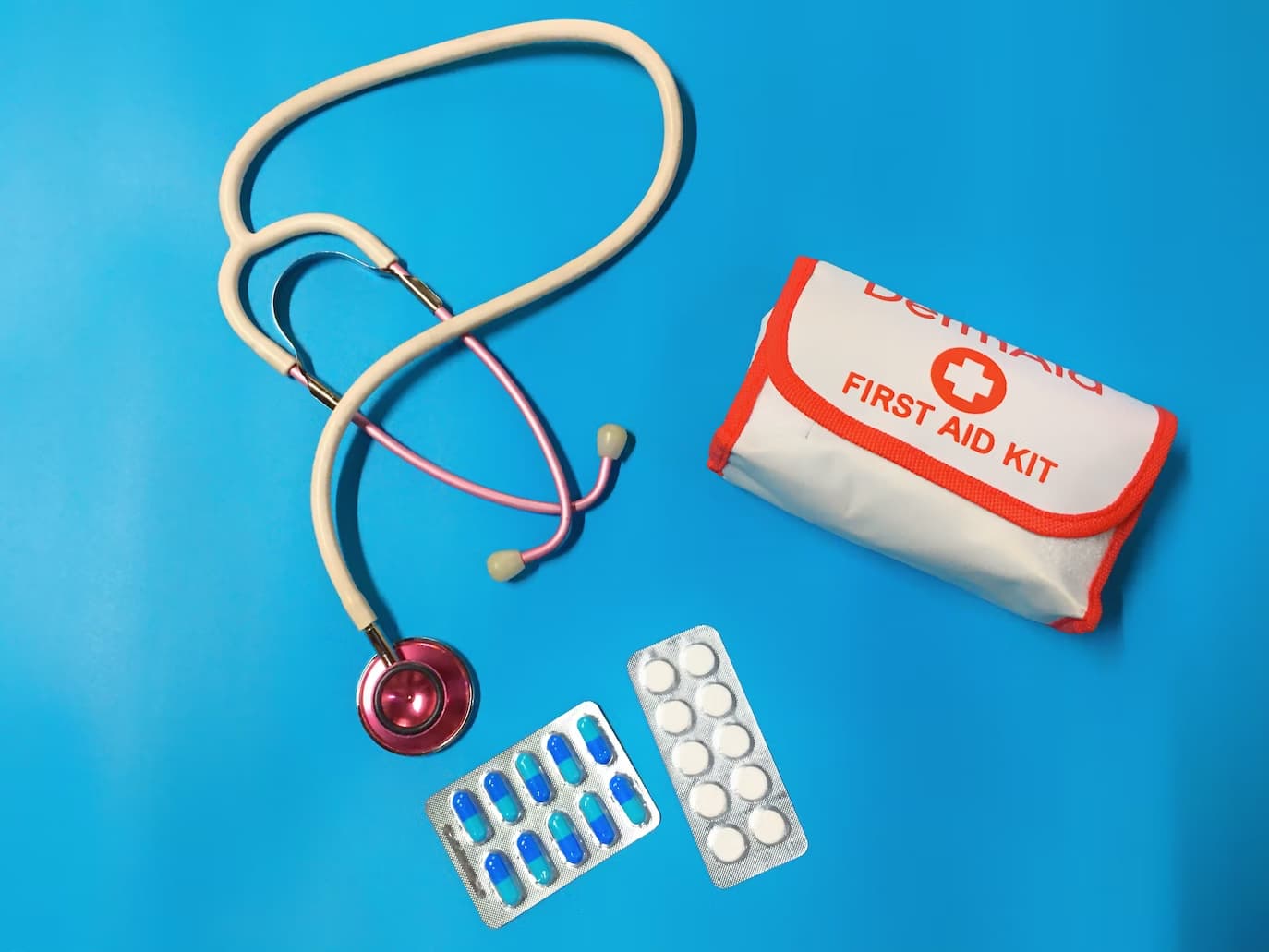
Anaphylaxis can be a life-threatening reaction, so it is important to be aware of the signs and symptoms and to know what to do if you or someone you are with reacts. If you have an allergy, make sure you carry an epinephrine auto-injector with you at all times and know how to use it.
If you are with someone who has anaphylaxis, don’t wait to see if the reaction gets worse. Anaphylactic reactions are a medical emergency. Act now and give the person an epinephrine auto-injector, if you have one. It can save a person’s life.
What Are Anaphylactic Reactions?
Anaphylactic reactions happen when your body overreacts to an allergen. Your immune system releases chemicals that cause symptoms like swelling of your airways and an increase in your heart rate. In severe cases, anaphylactic reactions can be life-threatening.
Anaphylactic reactions happen when your body has a severe allergic reaction to something. Most people with allergies know what causes their reaction, such as peanuts or bee stings. Some people, however, have allergies that they may not be aware of.
Many things can cause anaphylactic reactions, but some triggers are more common than others, including;
- Foods – Peanuts, tree nuts, milk, eggs, seafood, and soy are the most likely to cause anaphylaxis.
- Insect stings – Bee stings are the most common trigger of anaphylaxis.
- Drugs – Penicillin is the most common drug allergy. Other drugs that can cause anaphylaxis include aspirin and other non-steroidal anti-inflammatory drugs (NSAIDs), such as ibuprofen.
- Latex – Latex gloves and other latex products can cause anaphylaxis in some people.
Signs and Symptoms of an Anaphylactic Reaction
The signs and symptoms of an anaphylactic reaction usually start within minutes after exposure to the allergen. They may include;
- tightness in the chest or throat, trouble breathing, difficulty swallowing;
- wheezing, hoarseness, coughing, coughing up blood;
- swelling of the face, throat, tongue, lips, eyes, hands, feet, ankles, lower legs, or sex organs;
- flushed or pale skin, bluish color to the lips and nails;
- nausea, vomiting, or diarrhea;
- dizziness or fainting drop in blood pressure, rapid heartbeat, weak pulse, anxiety or irritability;
- slurred speech, loss of consciousness;
- chest pain, abdominal pain.
Emergency Treatment of Anaphylactic Reactions
What should I do? If you are with someone who has an anaphylactic reaction:
- Call 911 or your local emergency number immediately.
- If the person has an epinephrine auto-injector, give it right away.
- If the person does not have an epinephrine auto-injector and you cannot get one right away, give a regular injection of adrenaline using a syringe and needle.
- Do not wait for symptoms to go away.
- Do not try to give the person anything to eat or drink.
- Do not put anything on the person’s skin, such as creams or ointments.
- If the person stops breathing, give mouth-to-mouth resuscitation if you know how. If you do not know how to have someone else call 911 while you start chest compressions.
Once emergency medical help arrives, the person will likely be given more epinephrine and other treatments. The person may need to be hospitalized for further treatment.

Long-term Treatment
If you have had an anaphylactic reaction, you will need to see your doctor. You will likely be referred to an allergist or immunologist for further testing. The allergist may do a skin test or blood test to find out what is causing your reactions.
You will also need to carry an epinephrine auto-injector with you at all times. You will need to use it right away if you have a severe reaction. Avoid the things that cause your reactions. This may mean changing your diet or the medicines you take. In some cases, you may need to be treated with immunotherapy.
You can help prevent anaphylactic reactions by;
- Wearing a medical alert bracelet or necklace that says you have an allergy.
- Carrying your epinephrine auto-injector with you at all times.
- Avoiding triggers, such as certain foods, medicines, or insects.
- Learning how to give yourself an injection of epinephrine.
Who Is At Risk?
Anyone can have anaphylaxis, but certain people are more likely to have a severe reaction. These include people who:
- have had a previous episode of anaphylaxis;
- have asthma or another lung disease;
- have a heart condition;
- have food allergies, drug allergies, or other allergies.
Conclusion
Anaphylactic reactions are medical emergencies that can happen within minutes after exposure to the allergen. If you think someone is having an allergic reaction, don’t wait to see if the symptoms go away – act now and give them an epinephrine auto-injector if you have one on hand. Then call 911 so they can get to a hospital for further treatment.